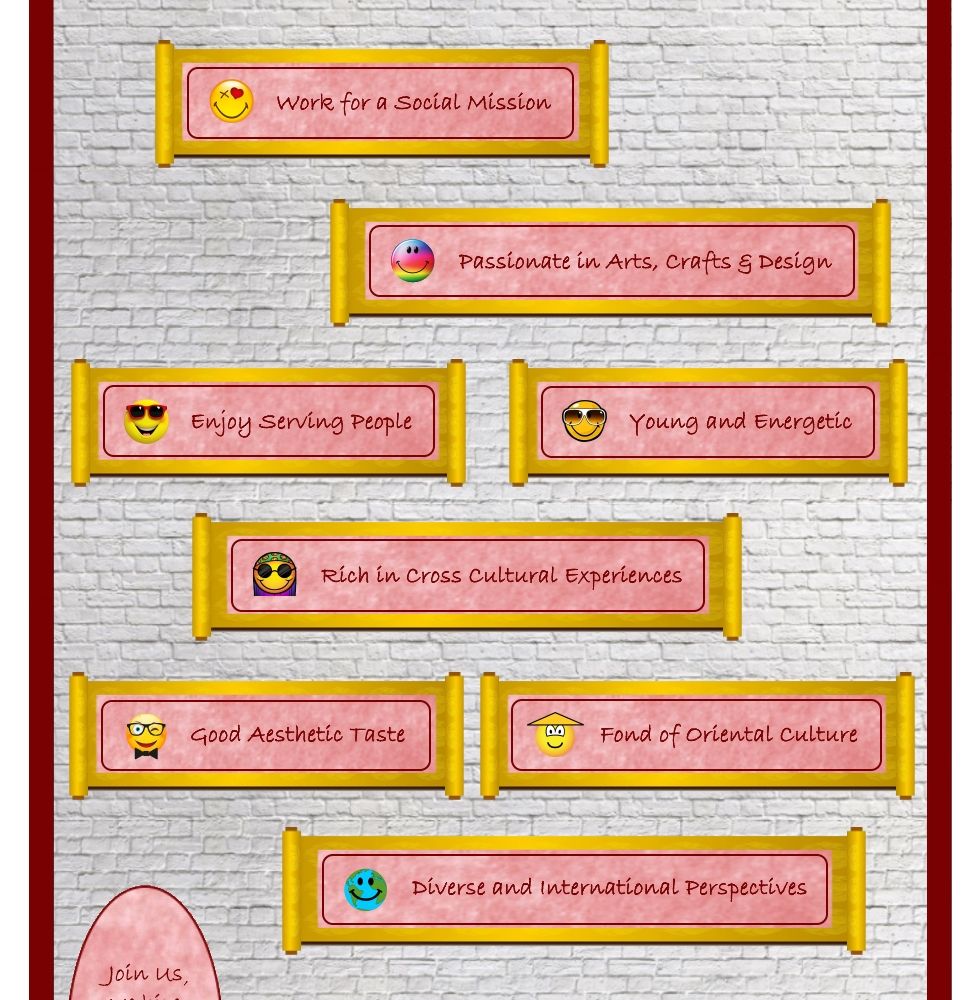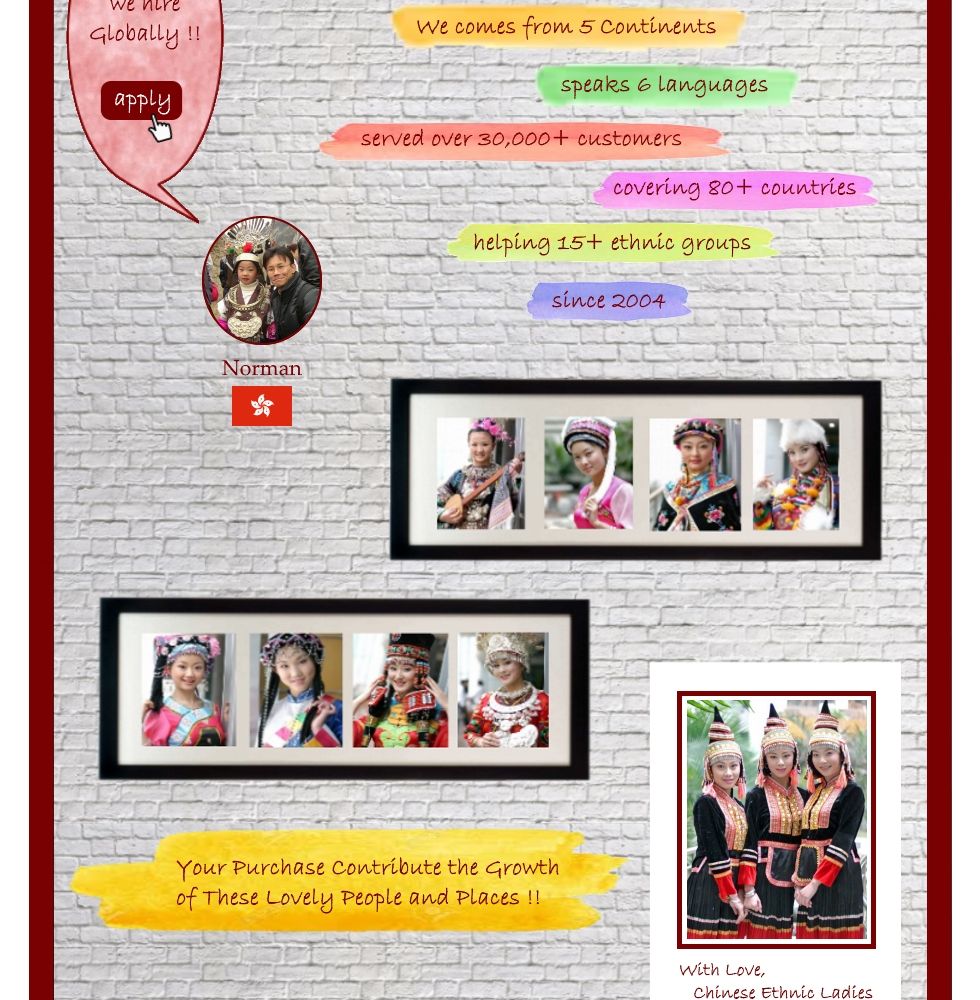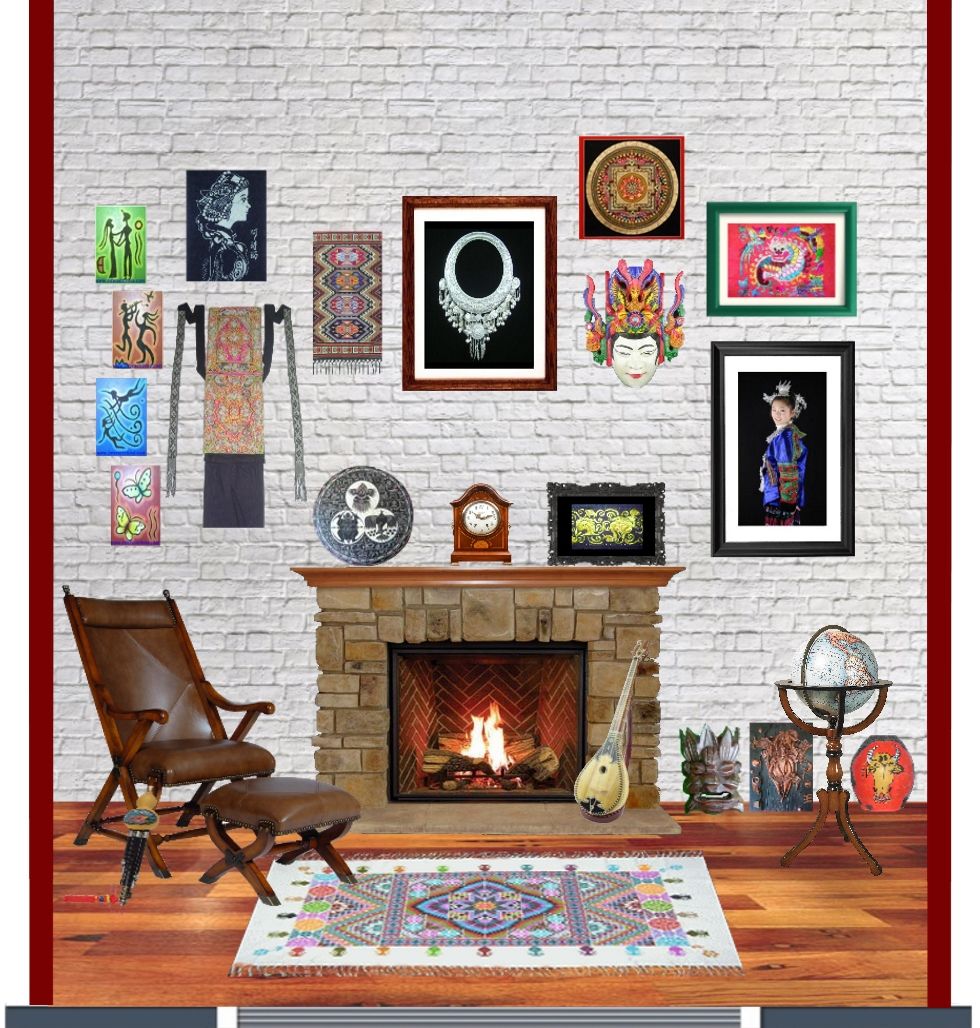How to Play Bawu
9th Jun 2017
Constructure of Bawu
 |
Bawu is composed of three parts.
Main Pipe is the melody pipe. It has seven sound holes, 6 in the front, 1 in the back. The main pipe enables nine full tones and eight semi-tones /combined-tones.
Reed is located inside the top end of the main pipe. Most of them are made of brass.
Mouthpiece could be made of various materials such as metal, ox horn, wood, bamboo or plastic.
Basic Rules to Play Bawu
Bawu is played in a horizontal manner except the new models which are played vertically. The player must cover the reed entirely with the mouth and apply substantial air pressure to maintain the vibration of the reed. Bawuis only capable of a single octave and unlike free reed mouth-organs it is only played by exhaling.
Take a traditional model for example. It has a thumb hole, six finger holes, plus a tuning hole and a range of just over an octave. It is made from two detachable bamboo pipes and its overall tuning can be varied by adjusting the joint between the two pieces. A key of G instrument plays the scale D E F# G A B D E:
Additional pitches can be played by cross-fingering and half-holing and a G instrument would typically also be played in the keys of D, C and sometimes Bb.

Fingering
Bawu has 7 holes, 6 on the front and 1 on the back. So the fingering is somewhat similar to the transverse flute or saxophone.
From left to right, number the holes 0 to 6, with 0 corresponding to the left thumb hole. Typical booklets say the following:
Cover all holes and blow lightly for the lowest tone (which is Mi in the key of the instrument). Cover all holes and blow hard for the low So. Opening hole 6 while blowing hard gets you La; opening 5 and 6, Si; opening all right hand holes, Do. From then on we get Re if we also open 3, Mi if 2 and 3, and high So if only 0 is covered. And the higher the tone, the softer one needs to blow.
Throat resonance
Following the directions strictly, maybe one wound run into a problem with tonguing and staccatos. When the air-flow is cut off, the freely vibrating reed with feel the pressure lessen and revert to the fundamental resonance, which is either a low Mi or low Fa. This causes problems because one would then hear a sorry-sounding downward glissando after every attempt to play a staccato, instead of a hard cut-off.
The solution to that is throat resonance. Think of it as an extension to setting an embouchure. In addition to changing the lip profile itself, when playing single reed instruments like the saxophone and the clarinet, it is important to “open up the throat”. One wants to expand the muscle that is right below the point where the jaw connects to the neck.
Experiments show that by opening up the throat, you can blow on the Bawusoftly while still producing the higher harmonics, and by relaxing the muscle there, you can immediately drop down to the fundamental resonance.
by Xiao Xiao @ InteractChina.com
About Interact China
-----------------------------------------------------------------------------------------------------------------------------
"A Social Enterprise in E-commerce Promoting Oriental Aesthetic Worldwide"
Aileen & Norman co-founded Interact China in 2004 with specialization in fine Oriental Aesthetic products handmade by ethnic minorities & Han Chinese. Having direct partnerships with artisans, designers, craft masters and tailors, along with 10 years solid experience in e-commerce via InteractChina.com, we position well to bridge talented artisans in the East with the rest of the world, and bring you direct finely selected products that are of good quality and aesthetic taste.
So far we carry 2000+ goods covering Ladies Fashion, Tailor Shop, Home Furnishings, Babies & Kids, Painting Arts, Textile Arts, Carving Arts, Tribal Jewelry Art, Wall Masks and Musical Instruments. Our team speak English, French, German, Spanish and Italian, and serve customers worldwide with passion and hearts.
-----------------------------------------------------------------------------------------------------------------------------
P.S. We Need People with Similar Passion to Join Our Blogging Team!
If you have passion to write about Oriental Aesthetic in Fashion, Home Decor, Art & Crafts, Culture, Music, Books, and Charity, please contact us at bloggers@interactchina.com, we would love to hear from you!
























